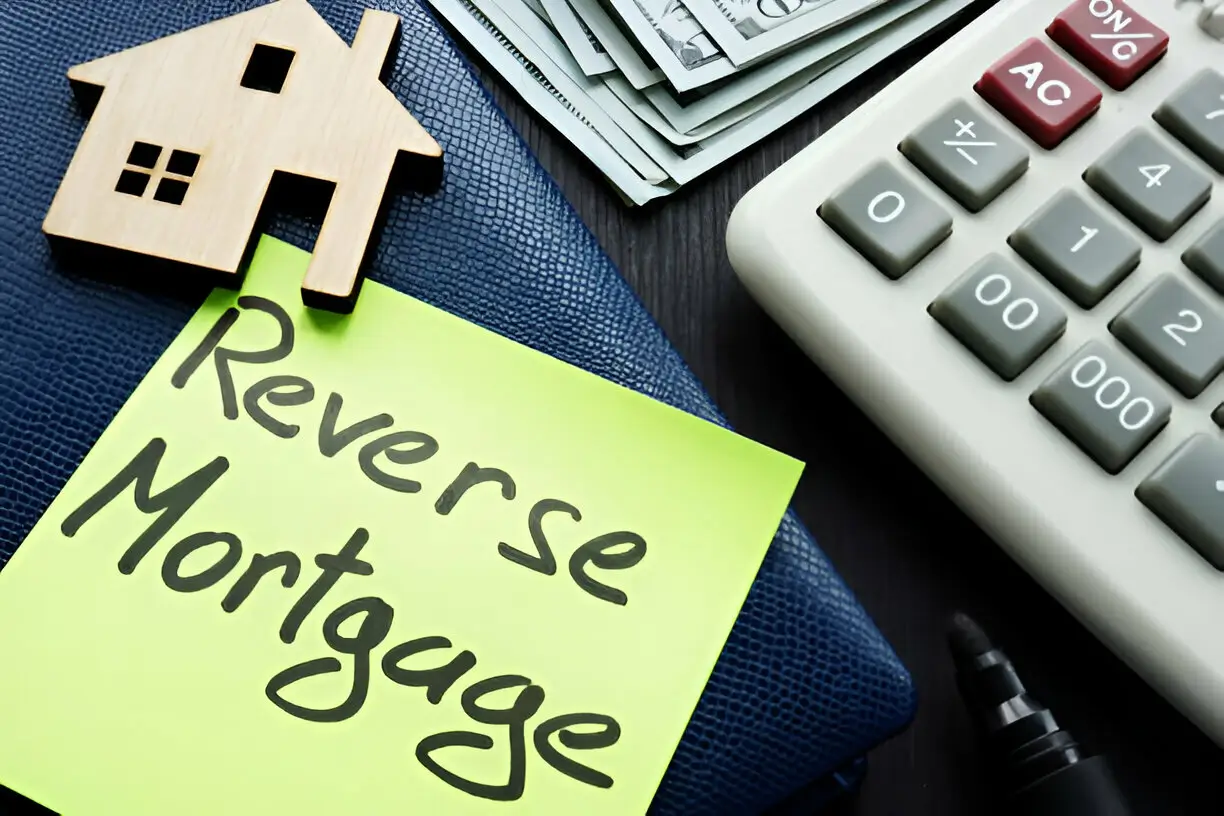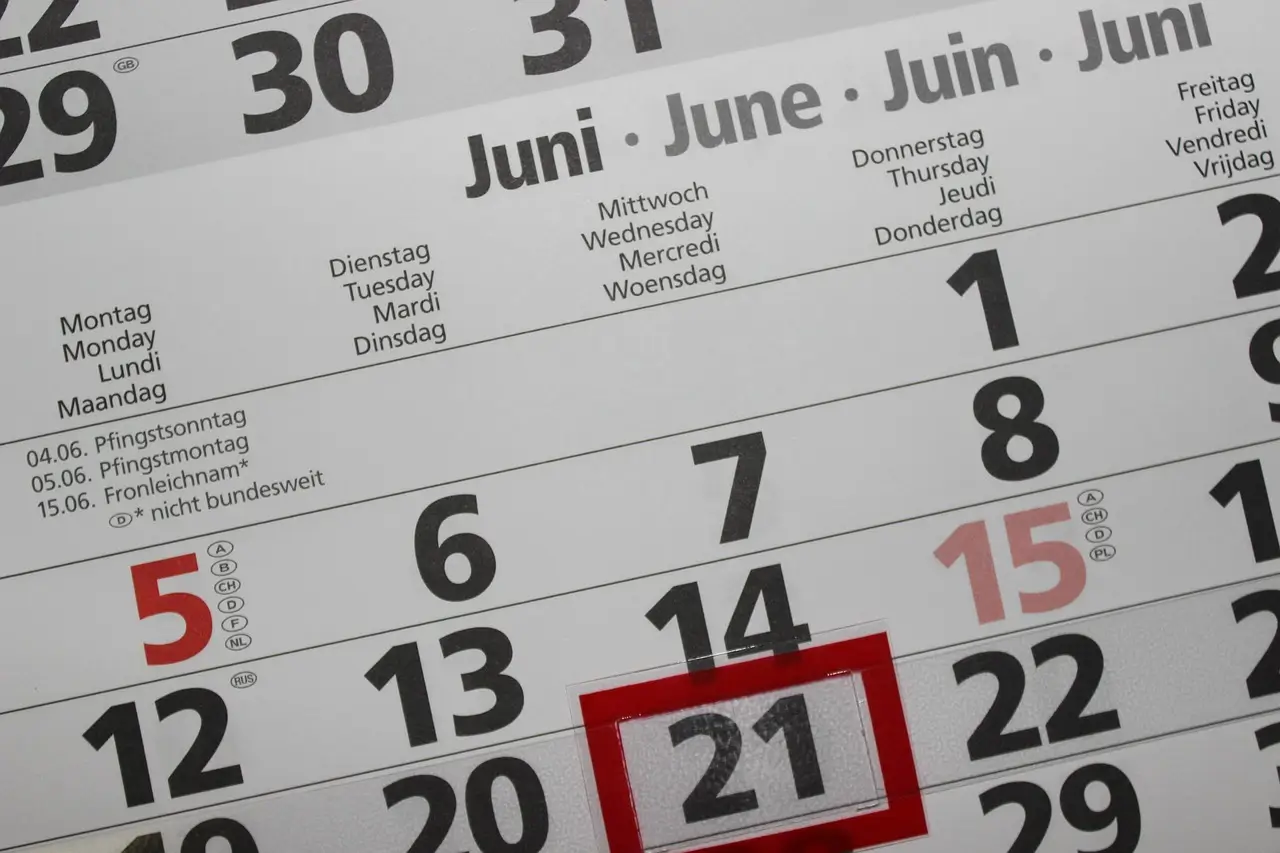Saving for a down payment on a house can seem like a daunting task. It’s often the biggest hurdle for first-time homebuyers. But with the right strategies and a bit of discipline, you can make it happen sooner than you think. This guide will show you how to save effectively, find extra funds, and stay motivated throughout the process. Ready to get started on your journey to homeownership? Let’s dive in.
How to Save for a Down Payment on a House
Understanding the Down Payment
What is a Down Payment?
A down payment is an upfront payment you make when purchasing a home. It’s a percentage of the home’s purchase price and is paid out of pocket, reducing the amount of money you need to borrow through a mortgage.
Why is a Down Payment Important?
A down payment shows lenders that you are financially responsible and committed to the purchase. It also reduces the loan amount, which can lower your monthly mortgage payments and overall interest costs.
Typical Down Payment Amounts
The amount you need for a down payment can vary, but it typically ranges from 3% to 20% of the home’s purchase price. A higher down payment can provide you with better loan terms and potentially eliminate the need for private mortgage insurance (PMI).
Setting a Savings Goal
Determine How Much You Need
Start by researching the average home prices in the area where you want to buy. Calculate 20% of that amount to set a high-end goal, but also consider lower percentages if you qualify for special loan programs.
Create a Timeline
Set a realistic timeline for reaching your down payment goal. Consider factors such as your current savings, monthly income, and expenses. A clear timeline will help you stay focused and motivated.
Use a Savings Calculator
Online savings calculators can help you determine how much you need to save each month to reach your goal within your desired timeframe. Adjust the numbers based on your budget and income.
Budgeting and Cutting Expenses
Analyze Your Spending
Review your current spending habits to identify areas where you can cut back. Look for non-essential expenses such as dining out, subscription services, and entertainment.
Create a Budget
Develop a budget that prioritizes saving for your down payment. Allocate a specific amount of your monthly income to your down payment savings fund before spending on discretionary items.
Track Your Progress
Use budgeting apps or spreadsheets to track your spending and savings progress. Regularly reviewing your progress can help you stay on track and make adjustments as needed.
Increasing Your Income
Side Hustles
Consider taking on a side hustle or part-time job to increase your income. Opportunities like freelancing, ride-sharing, or selling handmade items can provide extra funds for your down payment.
Overtime and Bonuses
If possible, take advantage of overtime opportunities or bonuses at your current job. Allocate any additional income directly to your down payment savings.
Sell Unwanted Items
Declutter your home and sell items you no longer need. Platforms like eBay, Craigslist, and Facebook Marketplace make it easy to turn unwanted items into cash.
Automating Your Savings
Set Up Automatic Transfers
Set up automatic transfers from your checking account to your savings account. This ensures that a portion of your income goes directly to your down payment fund before you have a chance to spend it.
Use High-Yield Savings Accounts
Open a high-yield savings account to maximize the interest earned on your savings. Higher interest rates can help your money grow faster.
Take Advantage of Employer Programs
Some employers offer savings programs or matching contributions for certain savings goals. Check with your HR department to see if such options are available to you.
Cutting Housing Costs
Move to a Cheaper Place
If your current rent is high, consider moving to a more affordable location. Lower rent can free up more money to save for your down payment.
Get a Roommate
Sharing housing costs with a roommate can significantly reduce your monthly expenses. Use the savings to boost your down payment fund.
Negotiate Your Rent
Talk to your landlord about reducing your rent or offering to sign a longer lease in exchange for a lower monthly payment. Any reduction in rent can go straight to your savings.
Reducing Debt
Pay Off High-Interest Debt
Focus on paying off high-interest debt such as credit cards. Reducing your debt can improve your credit score and increase the amount you can save each month.
Consolidate Debt
Consider consolidating your debt into a lower-interest loan. This can reduce your monthly payments and free up more money for your down payment savings.
Avoid New Debt
Refrain from taking on new debt while saving for your down payment. New debt can impact your credit score and reduce your savings capacity.
Utilizing Windfalls
Tax Refunds
Allocate your tax refunds directly to your down payment savings. Treating these windfalls as extra savings can significantly boost your fund.
Work Bonuses
If you receive bonuses at work, consider saving them rather than spending them. Every extra bit helps you reach your goal faster.
Gifts and Inheritances
If you receive money as a gift or inheritance, add it to your down payment savings. These unexpected funds can make a big difference.
Exploring Down Payment Assistance Programs
Government Programs
Research federal, state, and local down payment assistance programs. These programs can offer grants, low-interest loans, or tax credits to help you with your down payment.
Nonprofit Organizations
Many nonprofit organizations provide down payment assistance to first-time homebuyers. Check with local housing authorities and community organizations for available programs.
Employer Assistance Programs
Some employers offer down payment assistance as part of their employee benefits package. Inquire with your HR department to see if this option is available.
Staying Motivated
Visualize Your Goal
Create a vision board or use a savings app with visual progress trackers. Seeing your progress can keep you motivated and focused on your goal.
Celebrate Milestones
Set small milestones and celebrate when you reach them. Rewarding yourself for your progress can make the savings journey more enjoyable.
Join a Savings Group
Consider joining a savings group or finding an accountability partner. Sharing your goals with others can provide support and encouragement.
Conclusion
Saving for a down payment on a house requires discipline, planning, and persistence. By setting clear goals, budgeting effectively, and exploring additional income sources, you can make your dream of homeownership a reality. Remember to take advantage of assistance programs and stay motivated throughout your savings journey. With dedication and smart financial strategies, you’ll be handing over those keys to your new home in no time.
FAQs
How much should I save for a down payment?
The typical down payment ranges from 3% to 20% of the home’s purchase price. A higher down payment can provide better loan terms and lower monthly payments.
What are some effective ways to save for a down payment?
Effective ways to save include setting a clear goal, creating a budget, cutting expenses, increasing your income, automating savings, and exploring down payment assistance programs.
How can I increase my income to save for a down payment?
Consider taking on a side hustle, working overtime, selling unwanted items, or finding additional sources of income to boost your savings.
Are there any programs to help with down payments?
Yes, there are federal, state, and local programs, as well as nonprofit organizations and employer assistance programs, that offer down payment assistance.
How can I stay motivated while saving for a down payment?
Visualize your goal, celebrate milestones, join a savings group, and track your progress to stay motivated throughout your savings journey.






